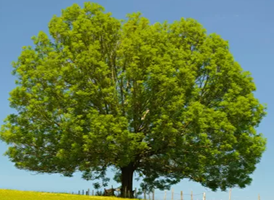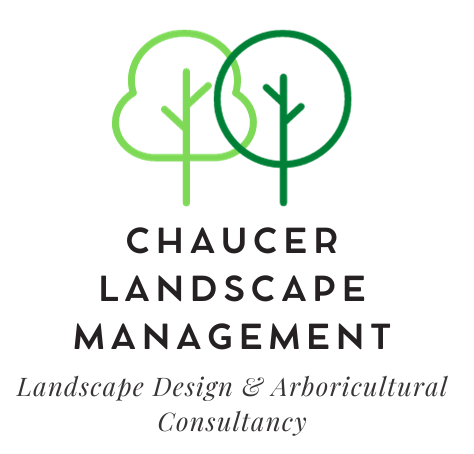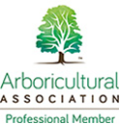Ash dieback disease (abbreviated ADB) was first identified in Europe in 2006, making its way through infected rootstock and/or airborne spores to the UK in 2012. It’s caused by a fungus Hymenoscyphus fraxineus and as its common name suggests, causes the dieback of leaves and shoots of many trees in the Fraxinus genus, including our common native ash F.excelsior (though not Mountain Ash/Rowan).
Across the UK, Ash makes up 12% of our woodland species, though I would estimate a much higher percentage in the Trottiscliffe area. This disease is therefore likely to permanently change our landscape, as we’ve seen with Dutch elm disease following the 1970s outbreak. The impact of this is significant in terms of the landscape character of the countryside and biodiversity. As a common native tree, many species of fauna including invertebrates, birds and mammals rely heavily on ash for food and habitat.
Our native Ash (Fraxinus excelsior) is easily identifiable by the sooty black winter leaf buds, grey/brown bark which is smooth when young and bearing vertical grooves on maturity, opposing buds and branch formation, compound (pinnate) leaves comprising 7-11 leaflets, and drooping seeds (keys) in the autumn:




Symptoms of ADB include:
Overall – sparse foliage; if you can see more sky than tree when standing at the base of an ash in the summer, it’s a sign something’s not right;
Leaves and leaf stems (petioles) contain black blotches;
Branches and shoots – elliptical lesions/dead spots, sometimes white fruiting bodies (c2mm diameter);
Stems – occasional dark lesions, often when there are few other signs further up the tree.





It’s important to remember you won’t see all these sypmtoms all the time, for example dark leaf spots ofly only appear in the autumn, before leaf fall.
The prognosis for affected trees isn’t good, young trees often succumb in the first season, while more mature trees may decline over a period of some years. You’ve only to look at many areas of woodland from a distance in summer – large swathes of dead trees are clearly visible. Many infected trees will fail, though some (up to 5% of infected trees) show resistance (some of which are being used to cultivate a resilient stock for replanting). A few of the non-native ash varieties such as F. americana and F.mandscurica also show some disease resistance.
To make matters worse, weak, infected trees may be colonised by other wood-decaying fungi such as honey fungus (Armillaria mellea) or the shaggy/velvet bracket (Inonotus hispidus). These can rapidly accelerate the decline of the tree through decay from the inside of the stem outward, eventually stopping the flow of water and nutrients required for growth, or through mechanical failure as the stem or roots become too weak to support the crown.
There are no chemical controls available for ADB, though practical advice for landowners is available, e.g. from the Tree Council Tree-Council-Ash-dieback-tree-owners-guide-FINAL.pdf (treecouncil.org.uk).
Like rose spot disease which many gardeners will be familiar with, the fungal spores persist overwinter on fallen leaf litter, so if you are planning to use Ash for leaf mould, it’s recommended to cover the leaves with a thick layer of other organic matter and not use the resulting mould for at least 12 months. If practicable, you can gather and dispose of leaf litter from the base of affected trees to reduce the spread of the disease.
Note to landowners with affected trees:
One of the characteristics of ADB is it makes infected wood very brittle. This means it’s dangerous for arborists to climb diseased trees, and non-sectional felling can cause shattering and collateral damage. Early intervention may therefore prove to be commercially prudent where the disease is confirmed.
As stated in my blog on Trees and the Law, where infected trees present a potential risk to the public, you’re advised to have your trees checked by a professional.


